
Sports Medicine Abroad for Athletes & Active Individuals
Are you an athlete, a weekend warrior, or simply an active individual sidelined by an injury? Sports Medicine is the dedicated branch of healthcare designed to get you back in motion, stronger and safer than before. From minor sprains to complex joint reconstructions, specialists in this field focus on restoring function, managing pain, and enhancing performance for people of all activity levels.
But what if top-tier Sports Medicine care feels out of reach due to long wait times, high costs, or limited access in your home country? This is where medical tourism steps in, offering a compelling solution. Imagine combining world-class treatment from renowned experts with the opportunity to recover in a serene, supportive environment, often at a fraction of the cost.
This comprehensive guide will walk you through everything you need to know about Sports Medicine, whether you're dealing with a sudden injury or a chronic condition. We'll explore common treatments, understand recovery processes, and delve into how medical tourism can open doors to exceptional care worldwide. Get ready to discover how you can get back to your active life with confidence and peace of mind.
What Exactly is Sports Medicine and Why Is It Important?
Sports Medicine is not just for elite athletes; it caters to anyone who is physically active, from professional competitors to casual joggers, and even those who simply want to stay fit. It's a holistic approach that often involves a team of professionals including orthopedic surgeons, physical therapists, athletic trainers, nutritionists, and sports psychologists, all working together to help you achieve your health and performance goals.
The importance of Sports Medicine lies in its specialized understanding of the biomechanics of movement and the unique demands placed on the body during physical activity. This allows for more accurate diagnoses, tailored treatment plans, and effective rehabilitation strategies that go beyond general orthopedic care. It emphasizes not only healing an injury but also preventing future ones and enhancing overall athletic capability.
For example, a runner with knee pain might receive a diagnosis that considers their running form, footwear, and training regimen, not just the knee joint itself. The treatment plan would then encompass not only medical intervention but also gait analysis, strength training to correct muscle imbalances, and advice on proper warm-ups, ensuring a comprehensive recovery and reduced risk of re-injury.
What Are the Most Common Sports Injuries Treated by Specialists?
Sports injuries can range from acute traumas sustained during competition to chronic conditions developed over time due to repetitive stress. Understanding the most common types can help you recognize symptoms and seek appropriate care promptly. These injuries often affect joints, muscles, ligaments, and tendons.
Common sports injuries include:
- Sprains: Injuries to ligaments, often occurring in the ankle, knee (e.g., ACL tears), and wrist. Causes are sudden twists or impacts.
- Strains: Injuries to muscles or tendons, common in hamstrings, groins, and rotator cuffs. These often result from overstretching or forceful contractions.
- Fractures: Breaks in bones, which can be acute from trauma or stress fractures from repetitive impact.
- Tendonitis: Inflammation of a tendon, like Achilles tendonitis or "tennis elbow" (lateral epicondylitis), caused by overuse.
- Dislocations: When bones in a joint are forced out of alignment, most frequently seen in shoulders and fingers.
- Concussions: Traumatic brain injuries resulting from a bump, blow, or jolt to the head, common in contact sports.
- Meniscus Tears: Cartilage damage in the knee, often from twisting motions.
Recognizing symptoms like sudden pain, swelling, bruising, limited range of motion, or instability is crucial. If you experience any of these after physical activity, consulting a Sports Medicine specialist can lead to an accurate diagnosis and prevent the condition from worsening.
What Types of Sports Medicine Procedures and Treatments Are Available?
The array of treatments in Sports Medicine is vast, tailored to the specific injury, its severity, and the patient's activity level. Treatments can broadly be categorized into non-surgical and surgical interventions.
Non-Surgical Treatments:
- Physical Therapy (PT): A cornerstone of recovery, PT involves exercises to restore strength, flexibility, balance, and range of motion. It also focuses on correcting biomechanical imbalances to prevent re-injury.
- RICE Method: Rest, Ice, Compression, and Elevation are immediate first aid for acute injuries to reduce swelling and pain.
- Medications: Non-steroidal anti-inflammatory drugs (NSAIDs) for pain and inflammation, or muscle relaxants.
- Injections:
- Corticosteroid Injections: Reduce inflammation in specific areas like joints or tendons.
- Platelet-Rich Plasma (PRP) Therapy: Uses a concentration of a patient's own platelets to accelerate healing of tendons, ligaments, and muscles.
- Hyaluronic Acid Injections: Lubricate joints, often used for osteoarthritis.
- Bracing and Taping: Provide support and stability to injured joints or muscles, aiding in healing and preventing further damage.
- Extracorporeal Shockwave Therapy (ESWT): Uses acoustic waves to stimulate healing in chronic tendon and soft tissue conditions.
Surgical Treatments:
- Arthroscopy: A minimally invasive procedure where a small camera (arthroscope) and surgical instruments are inserted through tiny incisions to diagnose and repair joint damage (e.g., meniscus tears, ACL reconstruction, rotator cuff repair). This technique offers faster recovery times compared to traditional open surgery.
- Ligament Reconstruction: Often for ACL or PCL tears in the knee, involving replacing the torn ligament with a graft (from the patient's own body or a donor).
- Tendon Repair: Surgical reattachment of a torn tendon to the bone (e.g., Achilles tendon repair, rotator cuff repair).
- Fracture Fixation: Using pins, plates, screws, or rods to stabilize a broken bone and promote proper healing.
- Cartilage Repair/Transplantation: Procedures to repair or replace damaged joint cartilage, particularly in the knee.
The choice of treatment depends heavily on the individual's specific injury, overall health, and goals. A comprehensive consultation with a Sports Medicine specialist is essential to determine the most effective path forward.
How Do I Know if My Injury Requires a Sports Medicine Specialist?
Distinguishing between a minor ache and an injury requiring specialized attention can be challenging. However, certain symptoms should prompt you to seek out a Sports Medicine expert rather than waiting for it to resolve on its own. Ignoring these signs can lead to chronic pain, long-term damage, or a more complicated recovery.
Key indicators that you need specialized Sports Medicine care include:
- Persistent Pain: Pain that doesn't improve with rest, ice, and over-the-counter pain relievers within a few days, or pain that worsens with activity.
- Significant Swelling or Bruising: Especially if it develops rapidly after an injury.
- Limited Range of Motion: Inability to move a joint normally, or stiffness that severely restricts movement.
- Instability: Feeling like a joint "gives out" or is unstable, particularly in the ankle or knee.
- Numbness or Tingling: These could indicate nerve involvement.
- Deformity: Visible deformity of a limb or joint.
- Clicking, Popping, or Grinding Sounds: Especially if accompanied by pain or loss of function.
- Impact on Daily Life or Sport: If the injury prevents you from performing everyday tasks, working, or participating in your sport.
If you've experienced a sudden trauma, like a fall or collision, or if an overuse injury is significantly impacting your quality of life, a Sports Medicine specialist can provide an accurate diagnosis using advanced imaging (MRI, X-ray) and clinical expertise, leading to a targeted and effective treatment plan.
What Does Recovery After Sports Medicine Surgery Involve?
Recovery is often the longest and most crucial phase after Sports Medicine surgery. It's not just about the surgical procedure itself, but the dedicated commitment to rehabilitation that determines the success of the outcome. A typical recovery process follows a phased approach, starting immediately after surgery and often lasting several months to over a year.
The phases of recovery generally include:
- Acute Post-Operative Phase (Days-Weeks): Focus on pain and swelling management, protecting the surgical site, and gentle range-of-motion exercises. Patients might use crutches, braces, or slings.
- Early Rehabilitation Phase (Weeks-Months): Gradually increasing activity, focusing on restoring basic strength, flexibility, and stability through structured physical therapy exercises.
- Intermediate Rehabilitation Phase (Months): Building strength, endurance, and proprioception (awareness of body position), often incorporating sport-specific drills.
- Advanced Rehabilitation & Return to Sport Phase (Months-Year+): Intensive, sport-specific training, agility drills, and psychological preparation for a safe return to full activity, often involving functional testing.
Throughout these phases, adherence to your physical therapist's instructions is paramount. Skipping exercises or pushing too hard too soon can lead to setbacks or re-injury. Nutrition, rest, and mental well-being also play significant roles in a successful recovery. For instance, after an ACL reconstruction, a dedicated rehabilitation program is critical to regaining knee stability and returning to pivoting sports, often taking 9-12 months or more.
Why Consider Medical Tourism for Your Sports Injury Treatment?
For athletes and active individuals, getting back in the game quickly and effectively is paramount. Medical tourism presents several compelling advantages when seeking Sports Medicine treatment, addressing common challenges faced in home countries.
Key benefits include:
- Cost Savings: Significant cost reductions compared to countries like the US, Canada, or the UK, often without compromising on quality.
- Reduced Wait Times: Bypass long queues for consultations, diagnostics, and surgical procedures, enabling faster treatment and recovery.
- Access to Specialized Expertise: Many international clinics boast world-renowned Sports Medicine specialists and cutting-edge technology that might not be readily available locally.
- Advanced Facilities: State-of-the-art hospitals and rehabilitation centers equipped with the latest diagnostic and therapeutic tools.
- Privacy and Anonymity: For public figures or those seeking discretion, receiving treatment abroad can offer more privacy.
- Combined with Travel: The opportunity to recover in a pleasant, often vacation-like setting, which can aid mental and physical healing.
For example, an individual needing an ACL reconstruction might face a 6-12 month wait and a hefty bill in their home country. By choosing medical tourism, they could receive the surgery within weeks, pay a fraction of the cost, and then complete their initial recovery in a beautiful, supportive environment, returning home ready for the next phase of physical therapy.
How Much Can You Save: A Global Cost Comparison for Sports Medicine Treatments?
One of the primary drivers for medical tourism in Sports Medicine is the significant cost difference. While quality of care remains a top priority, the ability to receive world-class treatment at a more affordable price is a major draw. These cost disparities are due to various factors, including lower labor costs, different healthcare models, and reduced administrative overheads in many popular medical tourism destinations.
Here's an illustrative comparison of estimated costs for common Sports Medicine procedures:
| Procedure | USA (Estimate) | Canada (Estimate) | Mexico (Estimate) | Thailand (Estimate) | Turkey (Estimate) |
|---|---|---|---|---|---|
| ACL Reconstruction | $20,000 - $50,000 | $10,000 - $25,000 | $6,000 - $12,000 | $7,000 - $14,000 | $5,000 - $10,000 |
| Rotator Cuff Repair | $15,000 - $40,000 | $8,000 - $20,000 | $5,000 - $10,000 | $6,000 - $12,000 | $4,500 - $9,000 |
| Meniscus Repair | $10,000 - $25,000 | $7,000 - $15,000 | $4,000 - $8,000 | $5,000 - $10,000 | $3,500 - $7,500 |
| PRP Injections (per session) | $500 - $2,000 | $400 - $1,500 | $200 - $700 | $300 - $800 | $150 - $600 |
*Note: These figures are approximate estimates and can vary significantly based on the complexity of the case, the surgeon's fees, hospital stay, included services, and geographical location within each country. Always obtain a personalized quote.
These savings can be substantial, allowing patients to afford treatments they might otherwise delay or forego. When considering these costs, remember to factor in travel, accommodation, and post-operative care, which can still result in overall savings.
Which Countries Offer the Best Sports Medicine Medical Tourism Options?
When selecting a destination for Sports Medicine treatment, several countries stand out due to their established medical tourism infrastructures, high standards of care, and specialized expertise. These nations have invested heavily in healthcare, attracting international patients with their blend of quality and affordability.
Top destinations often highlighted include:
- Thailand: Known for world-class private hospitals, highly skilled surgeons, and luxurious recovery environments, often at a fraction of Western costs. They excel in various orthopedic and Sports Medicine procedures.
- Mexico: A popular choice for North Americans due to proximity and competitive pricing. Many facilities near the US border or in major cities offer excellent, internationally accredited Sports Medicine care.
- Turkey: Emerging as a strong contender, Turkey offers state-of-the-art hospitals, European-trained specialists, and very attractive prices, particularly in cities like Istanbul.
- India: Renowned for its highly qualified doctors, advanced medical technology, and incredibly cost-effective treatments, India provides comprehensive Sports Medicine services.
- South Korea: A leader in advanced medical technology and cutting-edge research, offering highly sophisticated Sports Medicine treatments, though often at a higher price point than other Asian destinations.
- Germany: While generally more expensive, Germany is recognized for its exceptional medical standards, innovative treatments, and specialized Sports Medicine clinics, particularly for complex cases.
Each destination has its unique strengths, so research into specific clinic accreditations, surgeon credentials, and patient reviews is vital to finding the best fit for your particular Sports Medicine needs.
How Do I Choose a Reputable Sports Medicine Clinic Abroad?
Selecting the right clinic and specialist is paramount for a successful medical tourism journey. It requires thorough due diligence to ensure you receive safe, effective, and high-quality Sports Medicine care. Don't rush this decision; treat it with the same seriousness as you would choosing a surgeon in your home country.
Here’s a checklist for choosing a reputable clinic:
- Accreditation: Look for international accreditations like Joint Commission International (JCI), which signifies adherence to global standards of patient safety and quality of care. Local government accreditations are also important.
- Surgeon’s Qualifications and Experience: Verify the surgeon's board certifications, specializations in Sports Medicine, years of experience, and the number of specific procedures (e.g., ACL reconstructions) they perform annually. Ask about their success rates.
- Facility and Technology: Ensure the clinic has modern, well-maintained equipment, advanced diagnostic tools (MRI, CT scans), and state-of-the-art operating theaters.
- Patient Reviews and Testimonials: Seek out genuine reviews from past international patients. Look for feedback on the quality of care, communication, post-operative support, and overall experience.
- Communication: The clinic should offer clear, consistent communication, ideally with English-speaking staff or translation services, from initial inquiry through post-operative follow-up.
- Transparency in Pricing: Request a detailed, all-inclusive quote covering the procedure, hospital stay, medication, physical therapy, and any associated fees. Beware of hidden costs.
- Post-Operative Care Plan: Understand what kind of follow-up care and rehabilitation support will be provided both abroad and upon your return home.
Platforms like PlacidWay can significantly simplify this process by connecting you with vetted clinics and specialists, providing detailed information, and assisting with logistics, ensuring a smoother and safer experience.
What Should Be My Pre-Travel Checklist for Sports Medicine Treatment?
Preparation is key to a stress-free and successful medical journey abroad. A comprehensive pre-travel checklist will help ensure all logistical, medical, and personal aspects are covered, allowing you to focus on your recovery.
Essential pre-travel steps:
- Medical Documentation: Gather all relevant medical records, including diagnostic reports (X-rays, MRIs), doctor's notes, medication lists, and allergy information. Have digital and physical copies.
- Visa and Passport: Check visa requirements for your destination country well in advance. Ensure your passport is valid for at least six months beyond your planned return date.
- Travel and Accommodation: Book flights and accommodation. Consider hotels or serviced apartments near the clinic that can accommodate your post-operative needs (e.g., accessible rooms, kitchens).
- Medical Travel Insurance: Purchase specialized medical travel insurance that covers overseas medical treatment, potential complications, and emergency repatriation. Standard travel insurance may not suffice.
- Financial Planning: Budget for treatment costs, flights, accommodation, food, local transportation, and any potential unexpected expenses. Have access to funds in the local currency.
- Communication Plan: Ensure you have an international phone plan or local SIM card, and reliable internet access to communicate with family and the clinic.
- Post-Operative Plan: Confirm the duration of your stay required post-surgery, arrange follow-up appointments, and understand your initial rehabilitation schedule.
- Companion: Consider traveling with a companion who can provide support, especially during the initial recovery phase.
- Packing: Pack comfortable clothing, necessary medications (with doctor's note), and any mobility aids you might need.
A well-prepared patient is a confident patient, and careful planning will significantly contribute to a smoother experience from departure to successful recovery.
Is Medical Travel for Sports Injuries Safe and Effective?
The safety and effectiveness of medical tourism for Sports Medicine procedures are common concerns, and rightfully so. However, with proper research and selection of reputable providers, medical travel can be an incredibly safe and highly effective option. The key lies in minimizing risks through informed decisions.
Factors contributing to safety and effectiveness:
- Accreditation and Standards: Reputable international hospitals adhere to stringent global standards, often mirrored by organizations like JCI, ensuring quality care comparable to or exceeding Western standards.
- Experienced Specialists: Many medical tourism destinations attract highly qualified surgeons who have trained in leading medical institutions worldwide and perform a high volume of specific procedures, leading to greater expertise.
- Advanced Technology: Clinics often invest in the latest diagnostic and surgical technologies to remain competitive and provide optimal outcomes.
- Focus on Patient Care: International clinics often prioritize personalized care and excellent patient experience to attract and retain global clientele.
- Comprehensive Planning: Working with a medical tourism facilitator helps ensure proper pre-screening, clear communication, and well-structured logistics, reducing uncertainties.
However, risks can arise from choosing unaccredited clinics, lack of proper pre-operative assessment, communication barriers, or inadequate post-operative follow-up. To mitigate these, always verify credentials, ask for detailed treatment plans, ensure clear communication, and plan for comprehensive aftercare both abroad and back home. When these precautions are taken, medical travel for Sports Medicine offers a reliable pathway to recovery and peak performance.
What Is the Eligibility Criteria for Undergoing Sports Medicine Procedures?
Eligibility for Sports Medicine procedures, particularly surgical ones, is not universal and is determined on a case-by-case basis by the treating physician. The primary goal is always to achieve the best possible outcome while minimizing risks, and sometimes non-surgical approaches are preferred.
Key eligibility factors typically include:
- Diagnosis and Severity of Injury: The specific type and extent of the injury are critical. For example, a complete ligament tear often warrants surgical repair, while a minor sprain might not.
- Overall Health: Patients must be in good general health to undergo surgery and tolerate anesthesia. Pre-existing conditions like heart disease, diabetes, or uncontrolled high blood pressure might need to be managed before surgery.
- Age: While there's no strict age limit, age can influence the type of procedure and expected recovery. Younger, more active individuals might opt for more aggressive surgical interventions, whereas older patients might prioritize pain relief and functional improvement.
- Medical History: A thorough review of past surgeries, medications, and allergies is essential.
- Commitment to Rehabilitation: Crucially, patients must be willing and able to commit to the rigorous and often lengthy physical therapy required for successful recovery post-procedure. Lack of adherence can compromise the outcome.
- Realistic Expectations: Patients should have a clear understanding of the potential outcomes, risks, and recovery timeline associated with the procedure.
The evaluation process will involve a physical examination, review of medical history, and diagnostic imaging (MRI, X-rays). The Sports Medicine specialist will discuss all options, including conservative treatments, to determine the most appropriate and effective course of action for your unique situation. This assessment helps ensure that the chosen procedure aligns with your health status and rehabilitation potential, setting you up for the best possible return to activity.
Take the Next Step with PlacidWay
Ready to get back in the game and reclaim your active life? Your journey to world-class Sports Medicine treatment is closer than you think. Explore top-rated international clinics, compare prices, and get a free, personalized quote for your sports injury treatment with PlacidWay. Let us help you plan a seamless and successful medical travel experience. Start your transformation today!

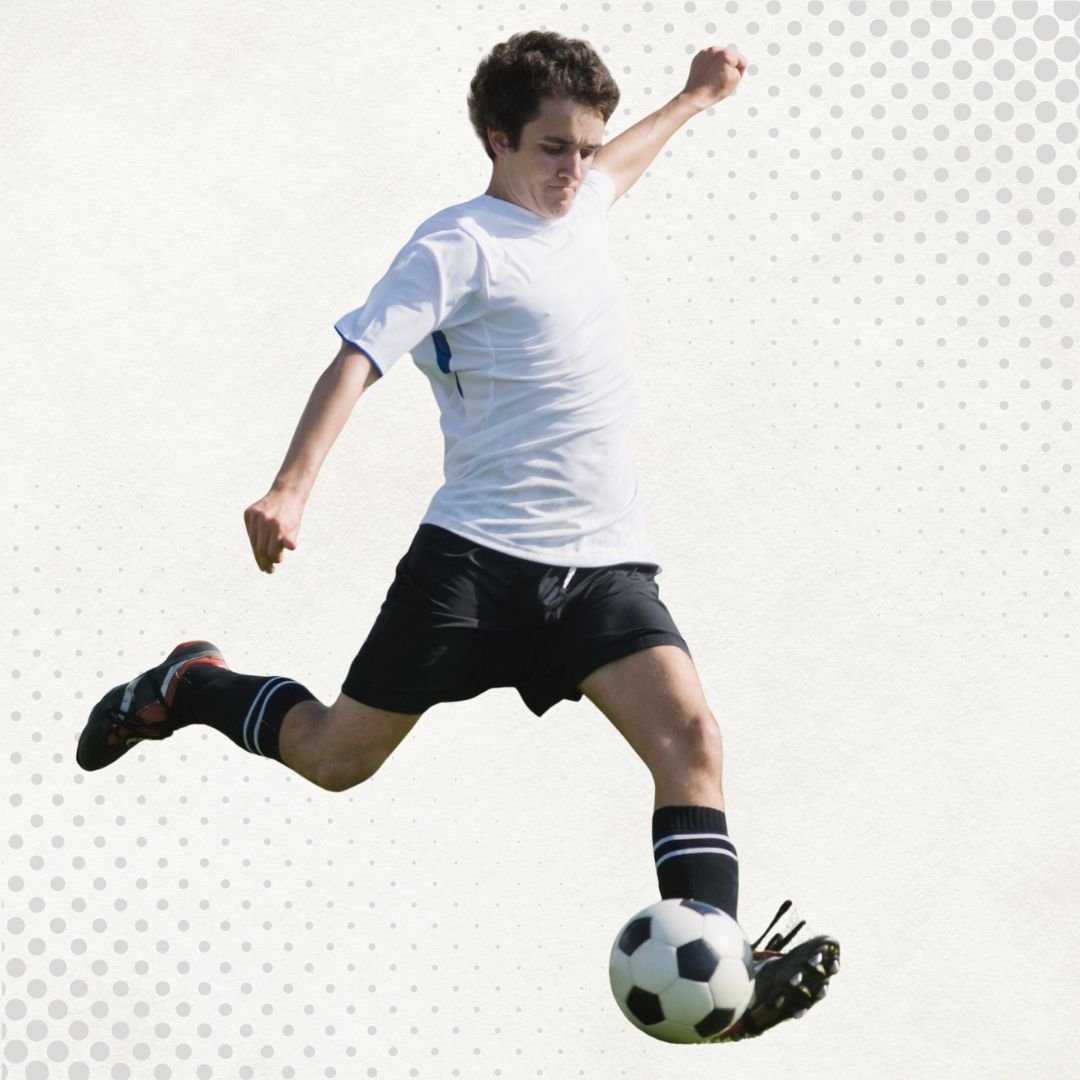

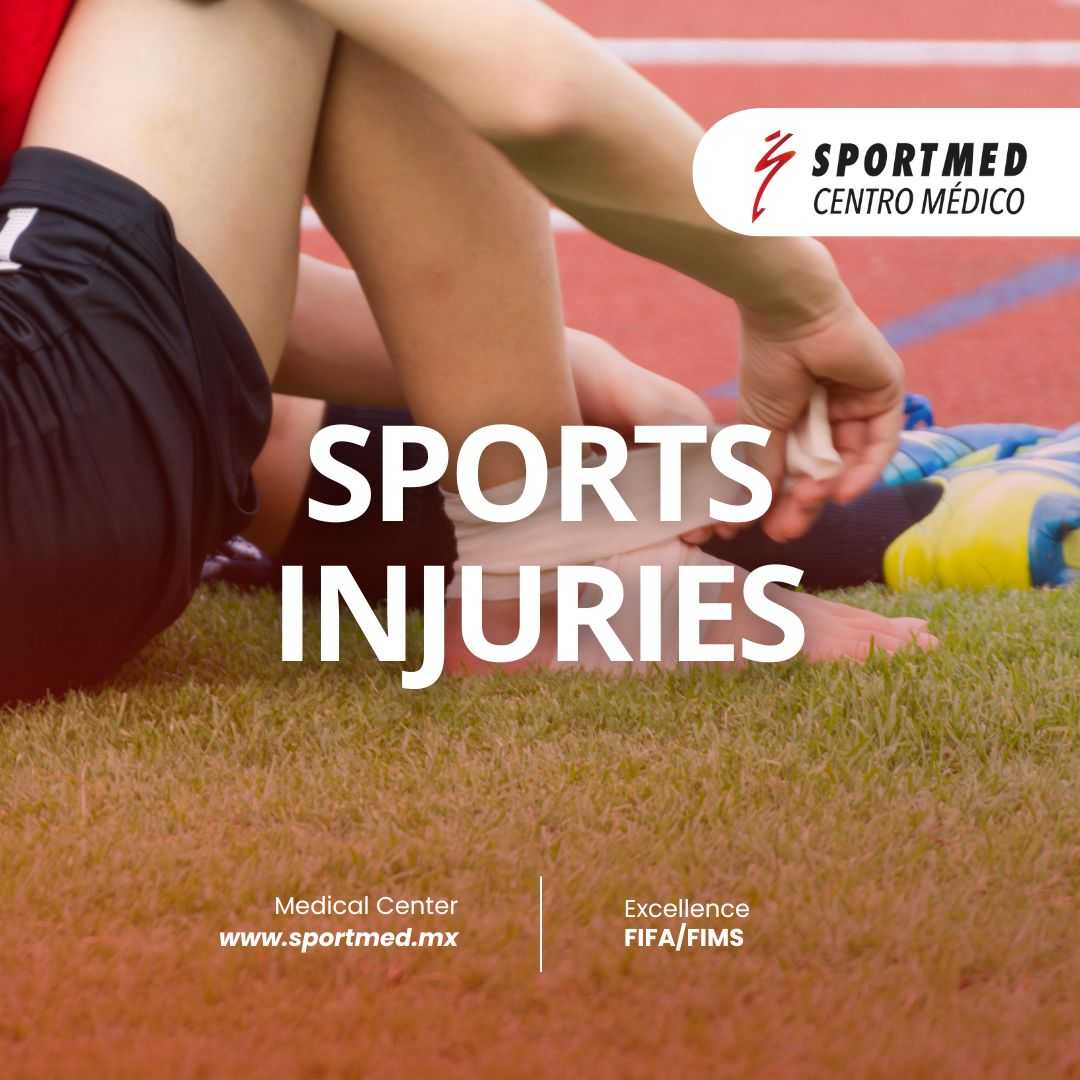
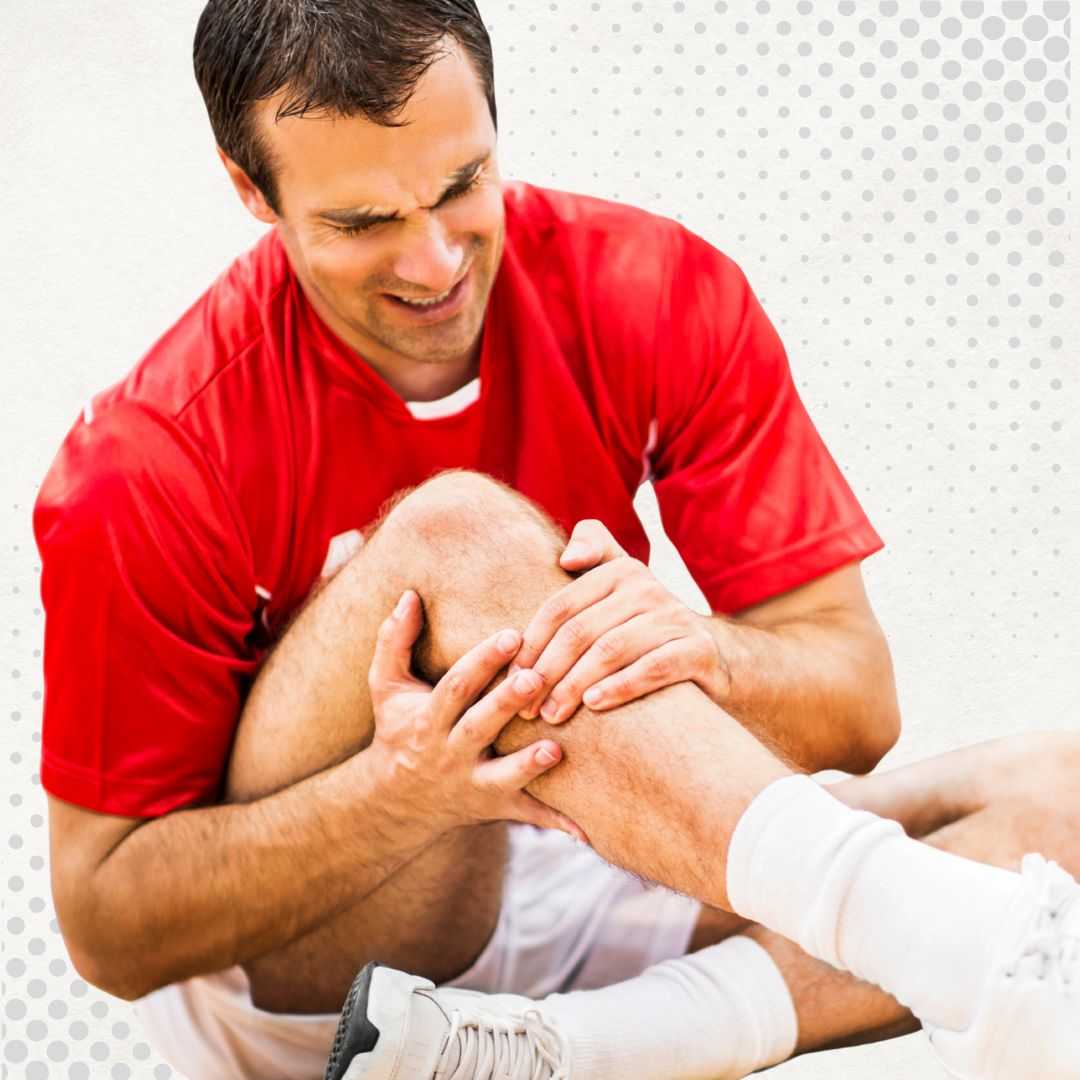
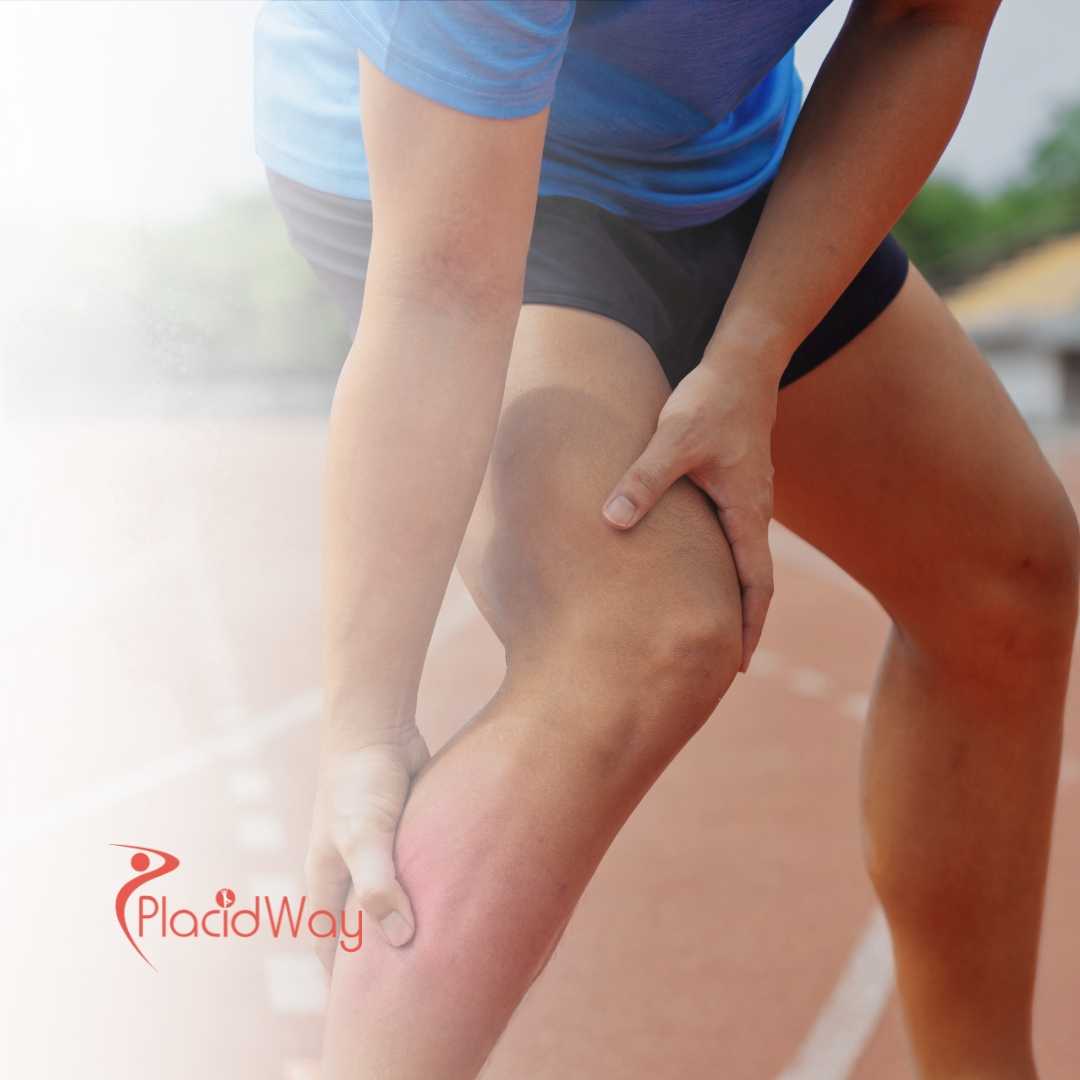
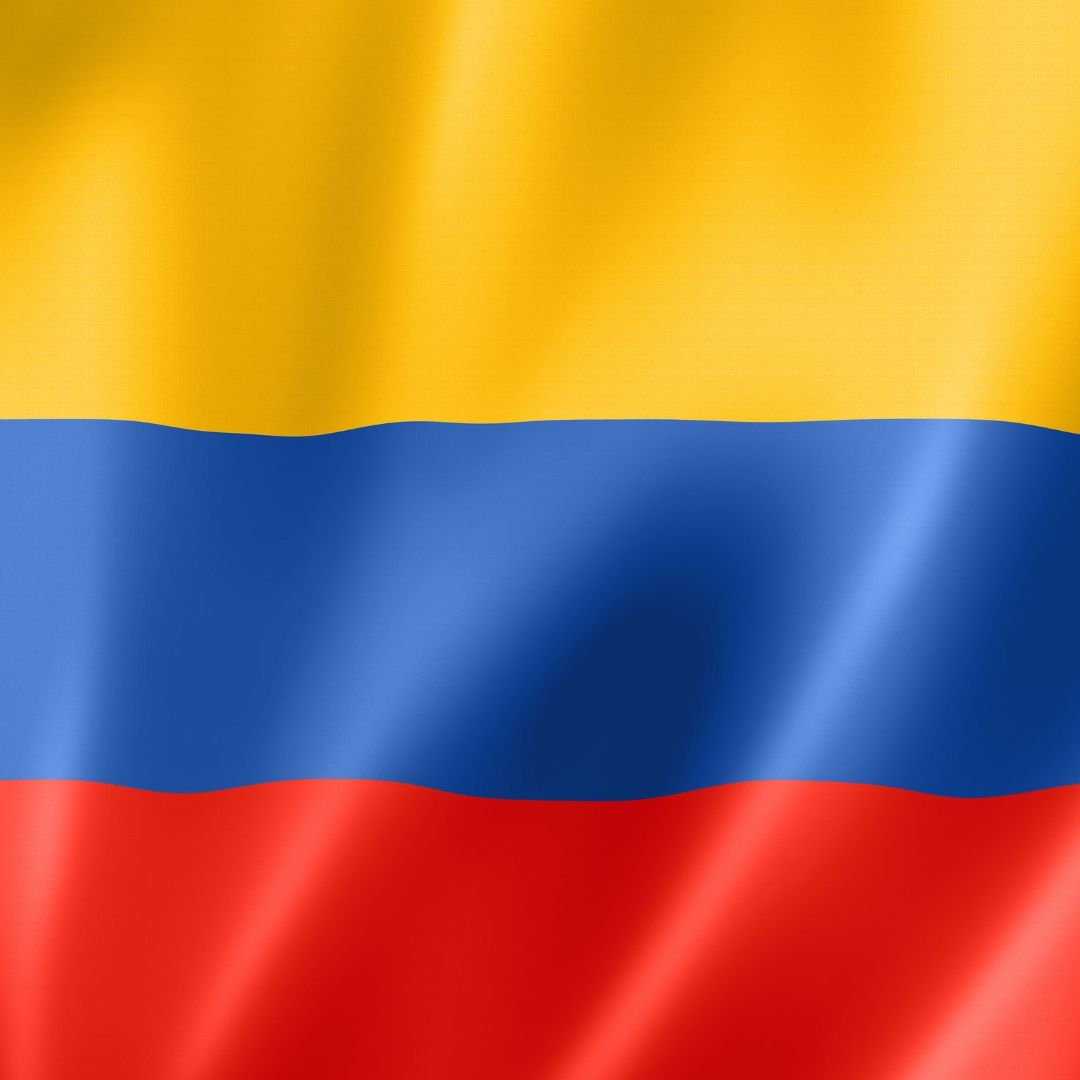
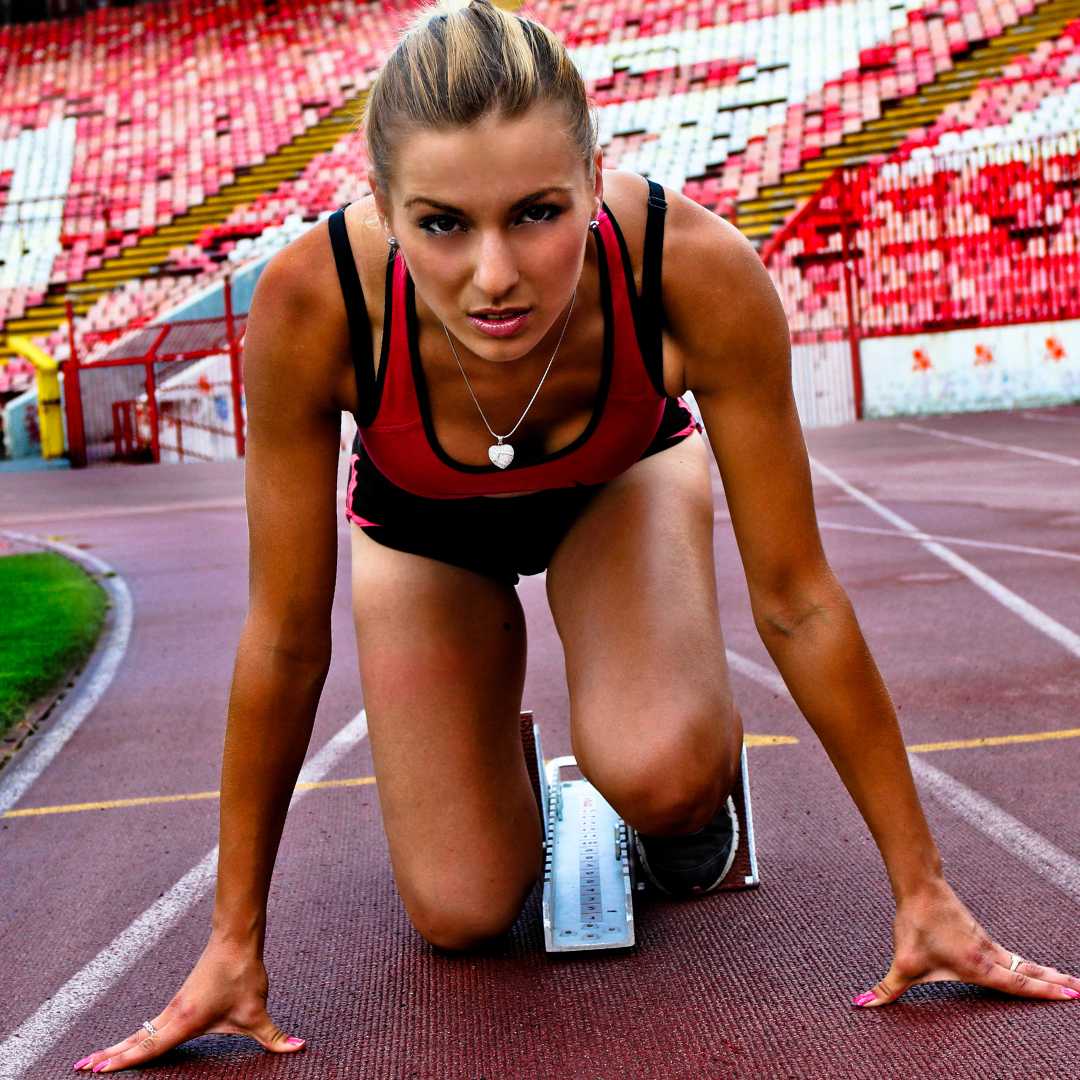


Share this listing